Optimal Timing for Foundation Repairs
Foundation repairs are most effectively performed during specific times of the year when environmental conditions are optimal. Proper timing can help ensure the longevity and stability of repairs, preventing further issues caused by soil movement or weather-related factors.

Spring offers moderate weather conditions, making it suitable for foundation work before the heat of summer or cold of winter.
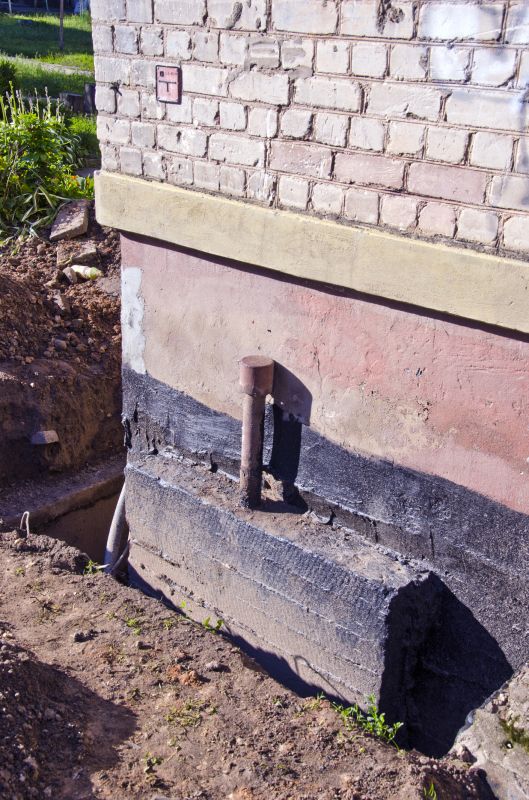
Summer provides longer daylight hours and dry conditions, ideal for many repair projects.
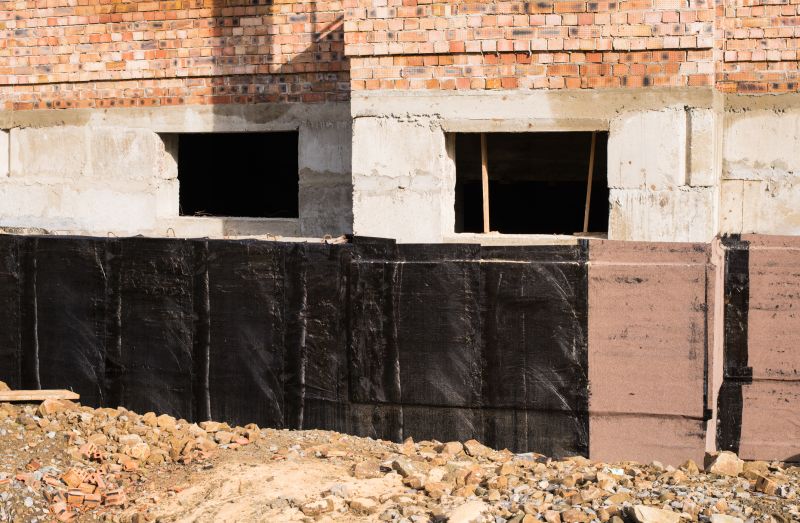
Fall's cooler temperatures and stable soil conditions can facilitate effective repairs before winter.
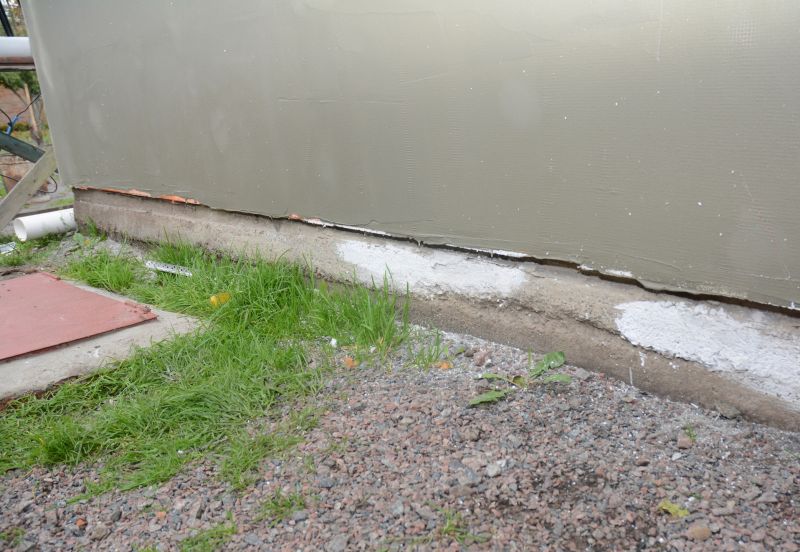
Ways to make Foundation Repairs work in tight or awkward layouts.
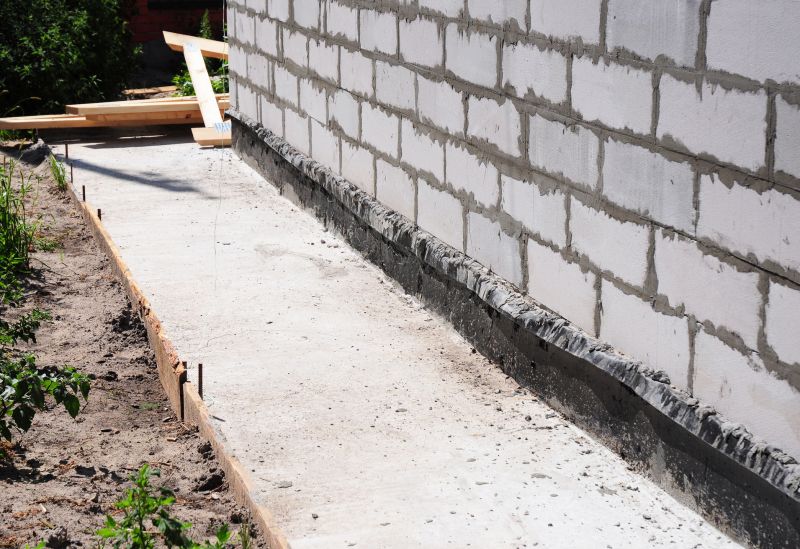
Popular materials for Foundation Repairs and why they hold up over time.

Simple add-ons that improve Foundation Repairs without blowing the budget.
Timing foundation repairs correctly can minimize the risk of complications related to soil expansion and contraction. Soil movement due to moisture changes is a primary cause of foundation issues, and scheduling repairs during periods of stable soil conditions enhances the effectiveness of the work. Typically, late spring through early fall is considered optimal, as these seasons tend to have consistent weather patterns and manageable soil moisture levels.
Soil stability is crucial for foundation repair success. Dry or frozen ground can hinder work, while moist soil can cause further shifting.
Extreme weather, such as heavy rain or freezing temperatures, can delay repairs or compromise their durability.
Early planning and understanding local climate patterns help determine the best window for foundation work.
Addressing minor issues before they escalate is best done during seasons with predictable weather.
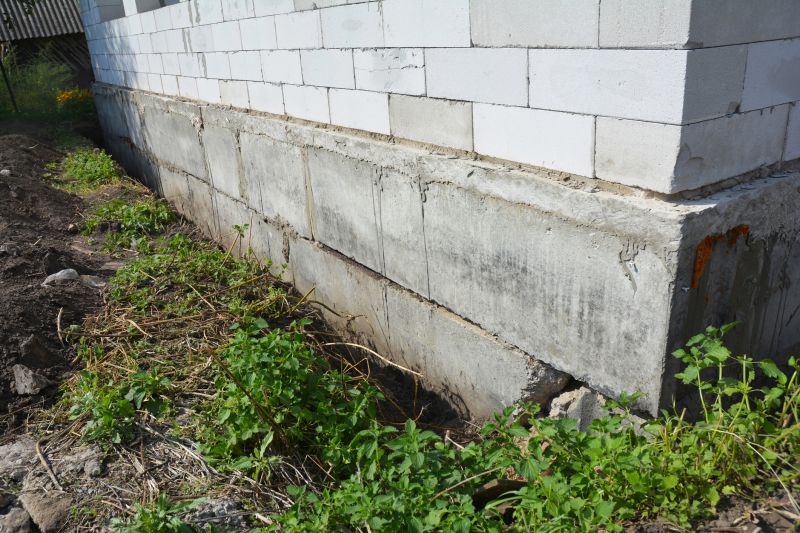
High-end options that actually feel worth it for Foundation Repairs.
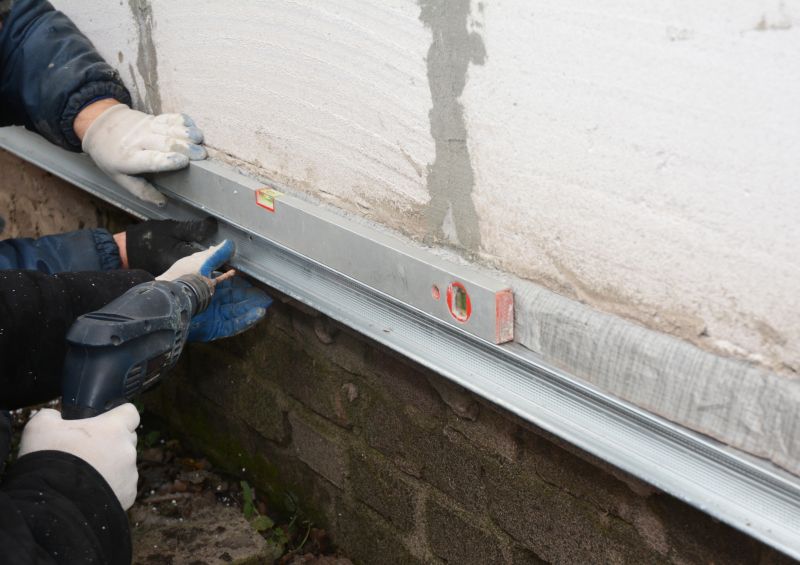
Finishes and colors that play nicely with Foundation Repairs.
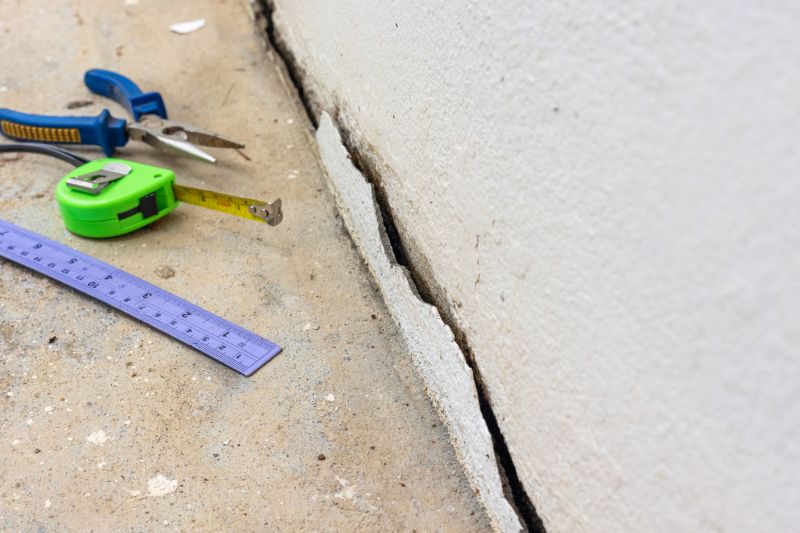
Little measurements that prevent headaches on Foundation Repairs day.
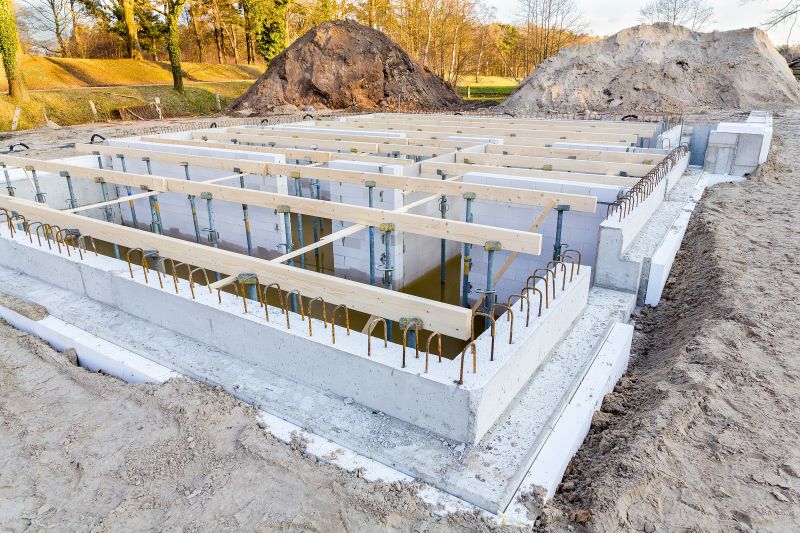
A 60-second routine that keeps Foundation Repairs looking new.
| Season | Ideal Conditions |
|---|---|
| Spring | Moderate temperatures, soil is moist but not overly saturated. |
| Summer | Dry weather, longer days, good for exterior work. |
| Fall | Cool temperatures, soil begins to stabilize. |
| Winter | Frozen ground, generally unsuitable for foundation repairs. |
Foundation repairs require careful consideration of environmental factors to ensure lasting results. Soil conditions, weather patterns, and seasonal changes all influence the timing of repair work. Proper scheduling during periods of soil stability and manageable moisture levels can reduce the likelihood of future foundation problems. Regular inspections and early intervention are key to maintaining structural integrity and avoiding costly repairs.

A frequent mistake in Foundation Repairs and how to dodge it.
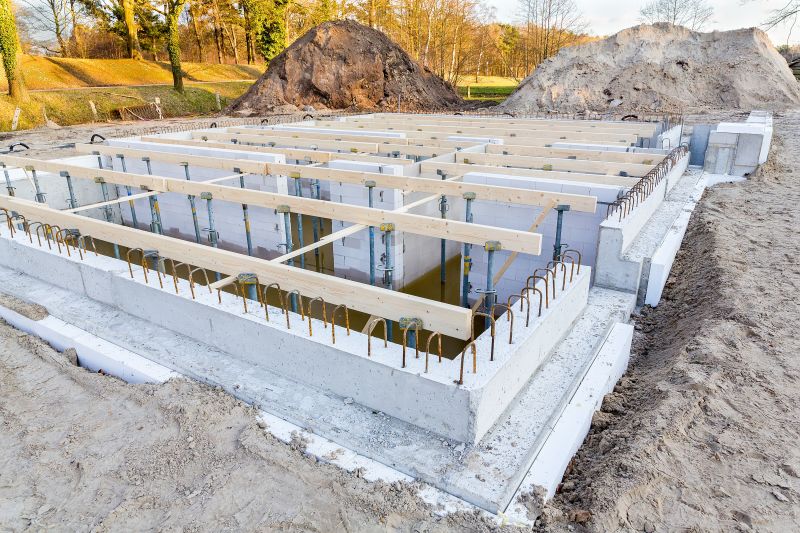
Small tweaks to make Foundation Repairs safer and easier to use.

Lower-waste or water-saving choices for Foundation Repairs.
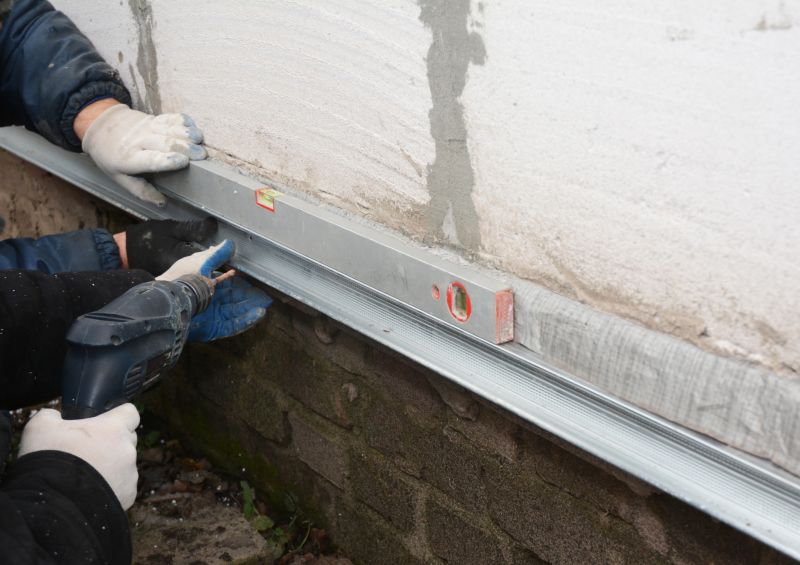
The short, realistic tool list for quality Foundation Repairs.
Interested in foundation repairs? Filling out the contact form provides an opportunity to discuss specific needs and schedule work during the optimal season for lasting results. Proper timing and professional assessment are essential for maintaining the stability and safety of a property.


